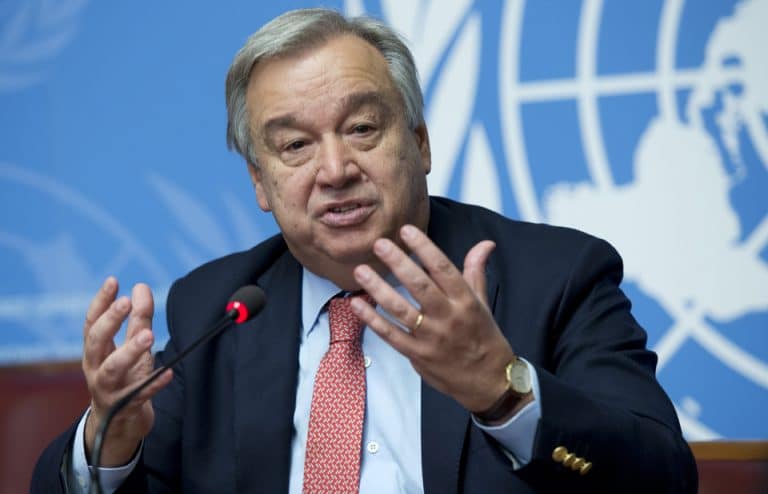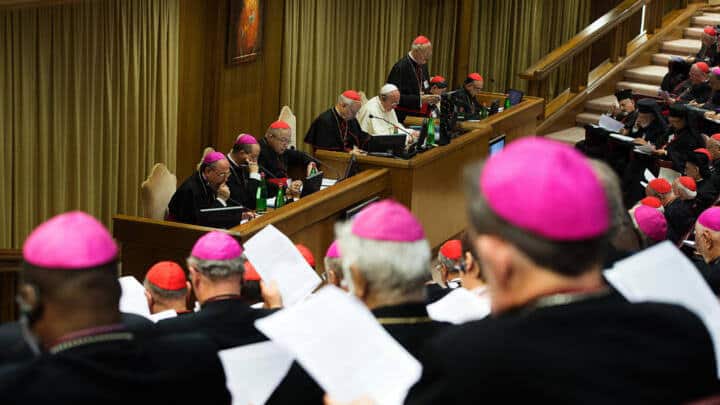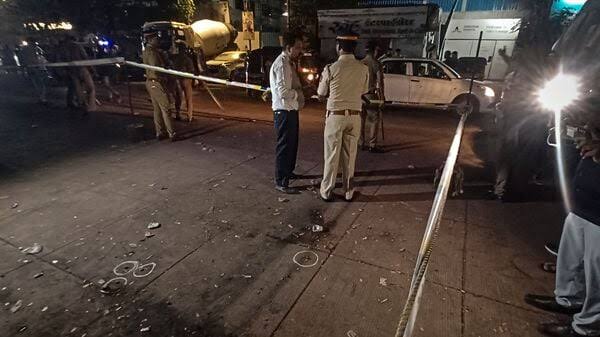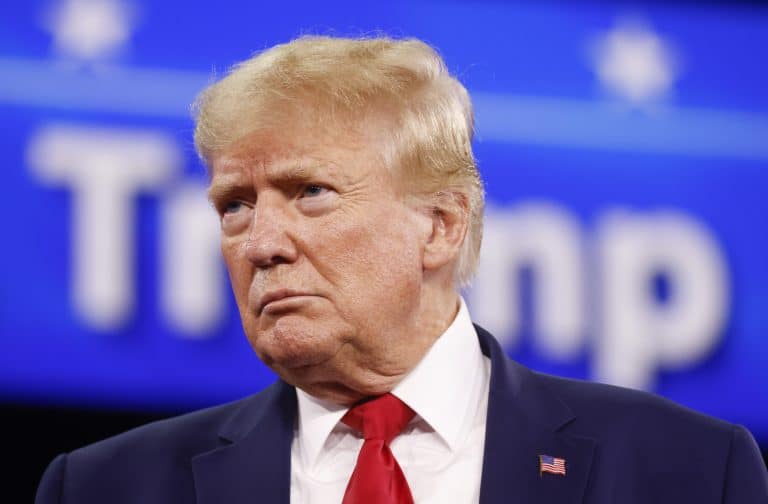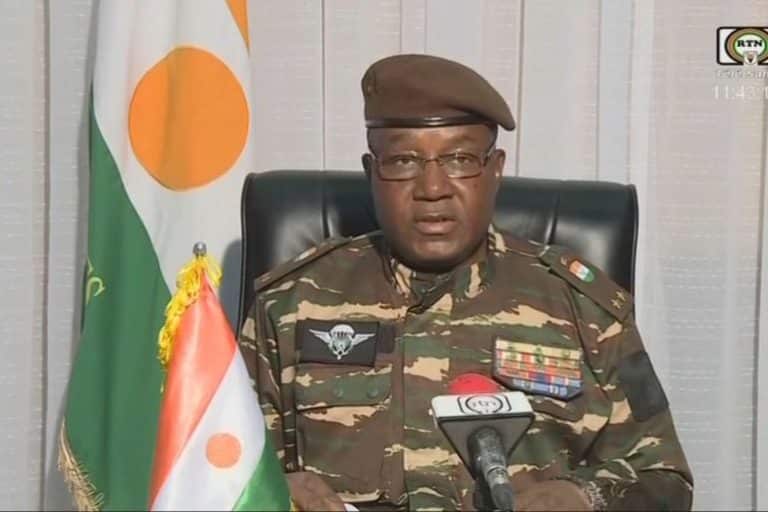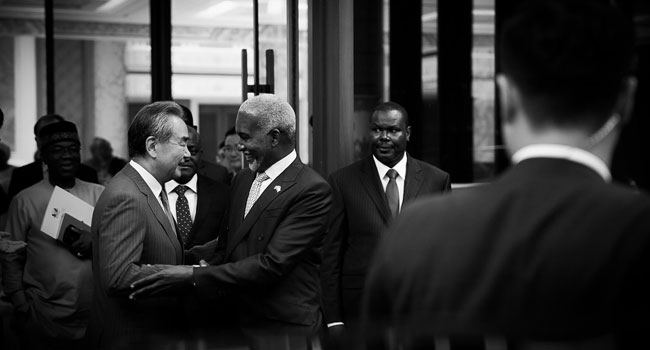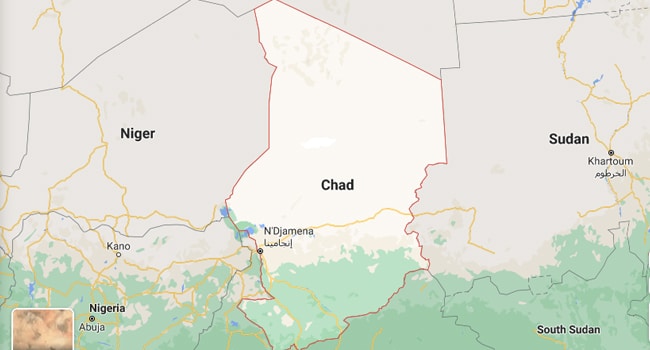The United Nations (UN) Secretary General, Antonio Guterres, has reacted to calls for the resumption of nuclear testing around the world.
Recall that last month, Robert C. O’Brien, a United States former national security advisor to ex-President Donald Trump, had urged the former president to conduct nuclear tests if he wins a new term in the November 2024 presidential election.
O’Brien said Washington “must test new nuclear weapons for reliability and safety in the real world for the first time since 1992.”
He added that doing so would help the United States “maintain technical and numerical superiority to the combined Chinese and Russian nuclear stockpiles.”
When the cold war came to an end in 1992, the United States gave up the explosive testing of nuclear arms and eventually spoke to other atomic powers to also do so.
Experts and machines at the country’s weapons labs are instead used by the United States to verify the lethality of the country’s arsenal.
Taking to his official X handle on Thursday to mark the International Day Against Nuclear Tests, Guterres in an apparent reaction to such calls, argued that nuclear tests left a legacy of destruction and created long-term health problems for people.
He said the recent calls for the resumption of nuclear testing was a demonstration that lessons of the past have been forgotten or ignored.
“Recent calls for the resumption of nuclear testing demonstrate that the lessons of the past are being forgotten — or ignored,” the UN chief wrote.
“The world must speak with one voice to end this practice,” he noted.
In 2009, the United Nations General Assembly proclaimed 29 August the International Day Against Nuclear Tests.
According to the UN, the date recalled the official closing of the Semipalatinsk nuclear weapons testing site in today’s Kazakhstan on 29 August 1991; that one site alone had seen 456 nuclear test explosions between 1949 and 1989.
The global body said between 1954 and 1984, there was on average at least one nuclear weapons test somewhere in the world every week, most with a blast far exceeding the bombing of Hiroshima; nuclear weapons exploding in the air, on and under the ground and in the sea.
“Radioactivity from these test explosions spread across the planet deep into the environment. It can still be traced and measured today, in elephant tusks, in the coral of the Great Barrier Reef and in the deepest ocean trenches.
“Meanwhile, nuclear weapons stockpiles have grown exponentially. By the early 1980s there were some 60,000 nuclear weapons, most far more powerful than the bombs used in Hiroshima and Nagasaki.
“Public indignation grew. By the 1960s it was agreed in principle that ending explosive nuclear tests would be a vital brake on developing nuclear weapons and thereby promote nuclear non-proliferation and disarmament. The preamble to the Non-Proliferation Treaty of 1968 talked boldly of achieving ‘the discontinuance of all test explosions of nuclear weapons for all time’.
“But then it took almost thirty more years and hundreds more nuclear test explosions before the Comprehensive Nuclear-Test-Ban Treaty (CTBT) was agreed in 1996. This is one of the world’s landmark treaties. What a difference it has made,” the UN noted.

